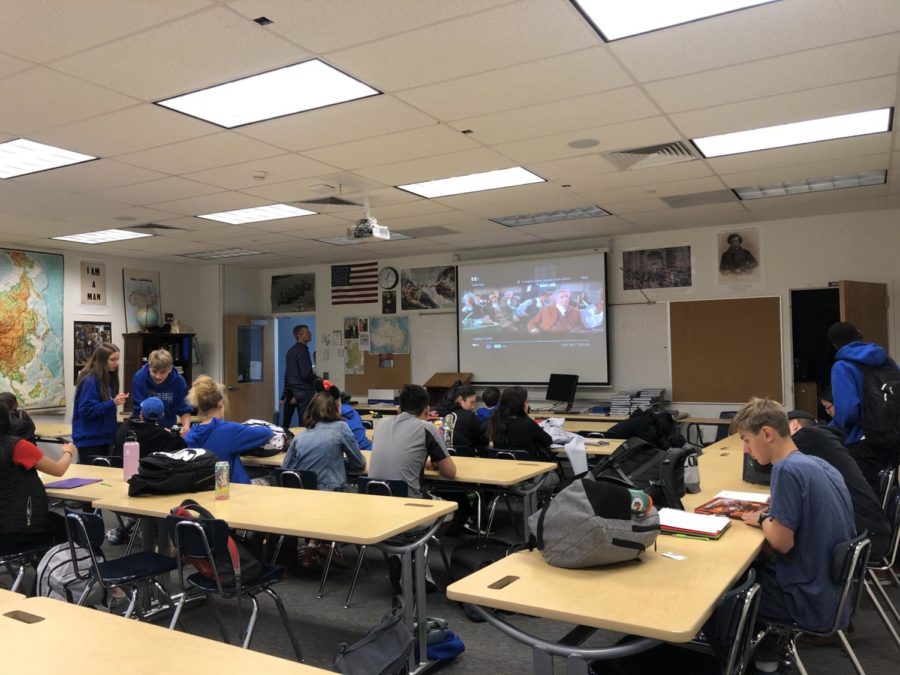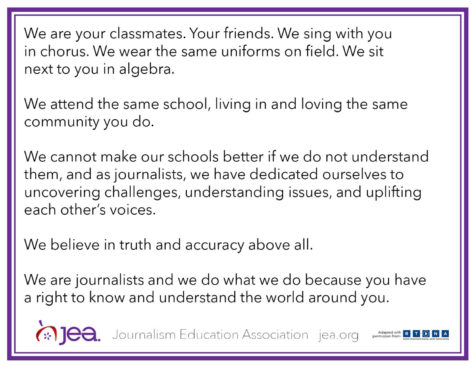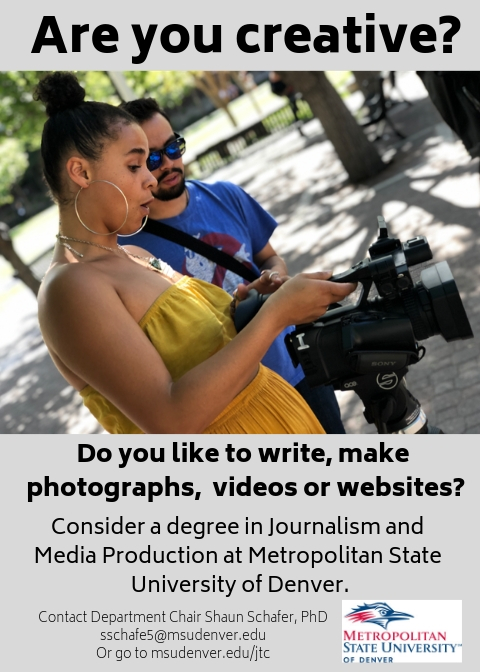Education or Marginalization?
How religious students may feel marginalized in social studies classrooms.
November 14, 2019
Religious beliefs and politics are usually touchy subjects in schools. With so many opposing positions, it can be hard to establish a peaceful and respectful environment for all students.
Social studies teachers are challenged, especially in this area. A lot of their curriculums are based largely around religion and politics of different groups that are prevalent in classrooms today.
Many religious and political groups have conflicting ideas and more often than not they harbor completely opposing mindsets in certain situations.
Though this is not necessarily a notable issue that students face at Broomfield High, it is important nonetheless to understand the struggle that so many students across the country face every day. How do these teachers make sure they aren’t marginalizing or making students that are a part of these groups feel like they are being singled out in class?
Senior Rachel Kochevar shared her personal experience. Kochevar has been practicing Judaism her whole life and described her experiences with her religion being a subject of class discussions. “I’ve never felt particularly singled out, but I definitely have gotten weird looks when the holocaust was brought up,” said Kochevar.
Mr. Kelley, a Government, and AP European History teacher talked a lot about perspective. “I just try to present both sides,” said Kelley when asked how he keeps an inclusive environment within the classroom among many students who have opposing beliefs.
An example of this could be the debate over abortion. Many students who are Pro-Life may feel offended or attacked when students who are Pro-Choice share their opinions and vice-versa. The way to prevent this disagreement is how Kelley described it: by sharing each side’s perspectives in order to further understand the position of the students’ classmates.
Another challenge that the government and history teachers face is keeping their own opinions out of class discussions. Kelley’s approach to explaining the different perspectives covered in his class causes him to teach in a manner that favors the side of the situation that he doesn’t necessarily support. “I try hard to be objective, and I think sometimes I might slant things opposite of the way I feel,” said Kelley.
The solution to ending these struggles that students encounter within our and many other schools is by making sure that students and teachers have an understanding of their backgrounds and potentially conflicting standpoints. Likewise, it is making sure that students are at a level of contentment in which they can share their thoughts and philosophies without fearing the retaliation of their classmates. This will potentially make it so that teachers and other students are aware of the positions that their students/classmates are coming from, thus enforcing a much more peaceful and inclusive environment.
If this is made possible, like it is in Mr. Kelley’s classes, the positive environments of high school classrooms will increase, helping both students and teachers alike.






